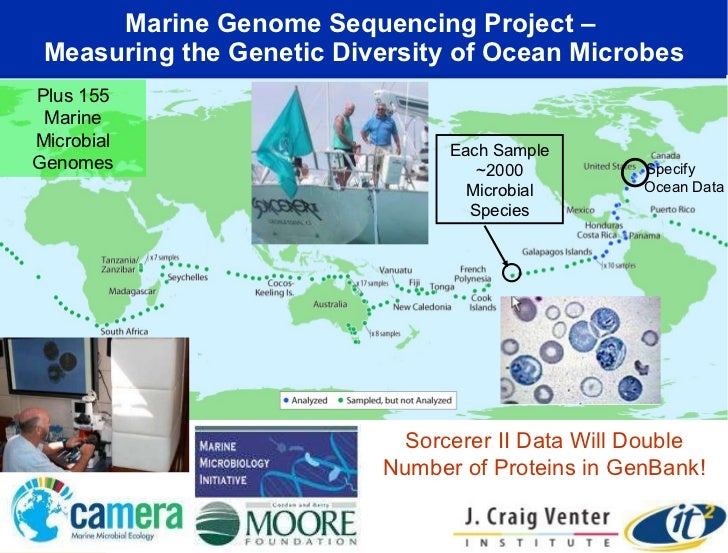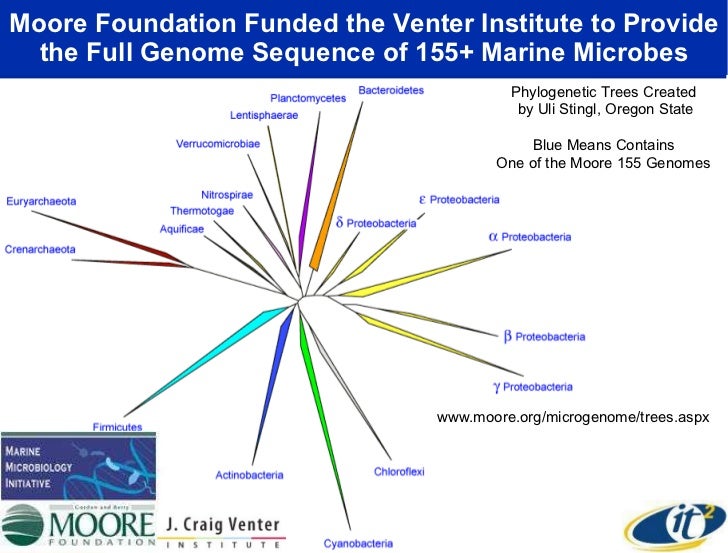

This meaning of the word originates from the visioning work of a large group of people – including scholars, artists, consultant, students, activists, and other professionals – who worked together on the 50+20 initiative aiming at transforming management education. The word “collaboratory” is also used to describe an open space, creative process where a group of people work together to generate solutions to complex problems. This concept has a lot in common with the notions of Interlock research, Information Routing Group and Interlock diagrams introduced in 1984. However, a wide-ranging definition is provided by Cogburn (2003) who states that “a collaboratory is more than an elaborate collection of information and communications technologies it is a new networked organizational form that also includes social processes collaboration techniques formal and informal communication and agreement on norms, principles, values, and rules” (Cogburn, 2003, p. 86). Rosenberg (1991) considers a collaboratory as being an experimental and empirical research environment in which scientists work and communicate with each other to design systems, participate in collaborative science, and conduct experiments to evaluate and improve systems.Ī simplified form of these definitions would describe the collaboratory as being an environment where participants make use of computing and communication technologies to access shared instruments and data, as well as to communicate with others.

( Learn how and when to remove this template message)Ī collaboratory, as defined by William Wulf in 1989, is a “center without walls, in which the nation’s researchers can perform their research without regard to physical location, interacting with colleagues, accessing instrumentation, sharing data and computational resources, accessing information in digital libraries” (Wulf, 1989).īly (1998) refines the definition to “a system which combines the interests of the scientific community at large with those of the computer science and engineering community to create integrated, tool-oriented computing and communication systems to support scientific collaboration” (Bly, 1998, p. 31). ( March 2011) ( Learn how and when to remove this template message) Please help to improve this article by introducing more precise citations. This article includes a list of general references, but it lacks sufficient corresponding inline citations.


 0 kommentar(er)
0 kommentar(er)
